10 Colombian symbols you should know before visiting the country
If you are one of those travelers who likes to blend in and be more than a tourist, you are in the right place. Here you will find a few Colombian symbols that will help you pass as a local during your visit. These national icons represent the country’s history, culture and traditions.
If we ask you, “What is Colombia known for?”, your first answer will probably be coffee. Traditional food, music and flowers might be your second guesses. But we want to go a little bit further and show you other symbols people feel very proud of and love to share with foreigners.
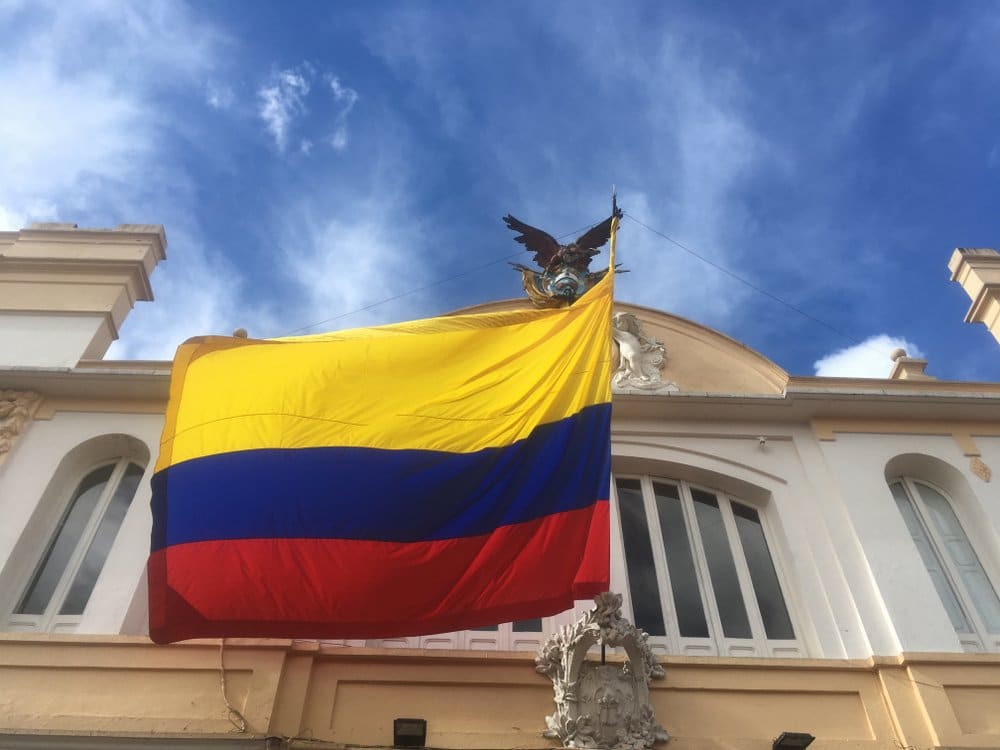
These are 10 Colombian symbols that explain the country’s history
After reading this list, your holiday will have a different perspective and you will understand the culture better.
1. National flag
Yes, we know every country has a flag, but do you know what each color represents on the Colombian flag? The yellow makes up half of the flag and represents the gold that used to be abundant in this land. The blue is a depiction of the Caribbean Sea and Pacific Ocean, and the red is for the blood spilled by those who fought for independence.
2. National Anthem
It was written by one of the presidents, back in 1887. The fun fact here is that it is played on national television and radio every day at 6 a.m. and 6 p.m. It is one of those traditions only a resident would know about.
3. National flower
This country has the largest number of species of orchids (more than 4.000), so it makes sense that the orchid is one of the Colombian symbols. But it is the cattleya trianae (May Flower) that was officially named as the national flower, 80 years ago. Why this one? Because the central petal of the flower has a mix of yellow, blue and red, just like the national flag (Credencial Historia, 2001).

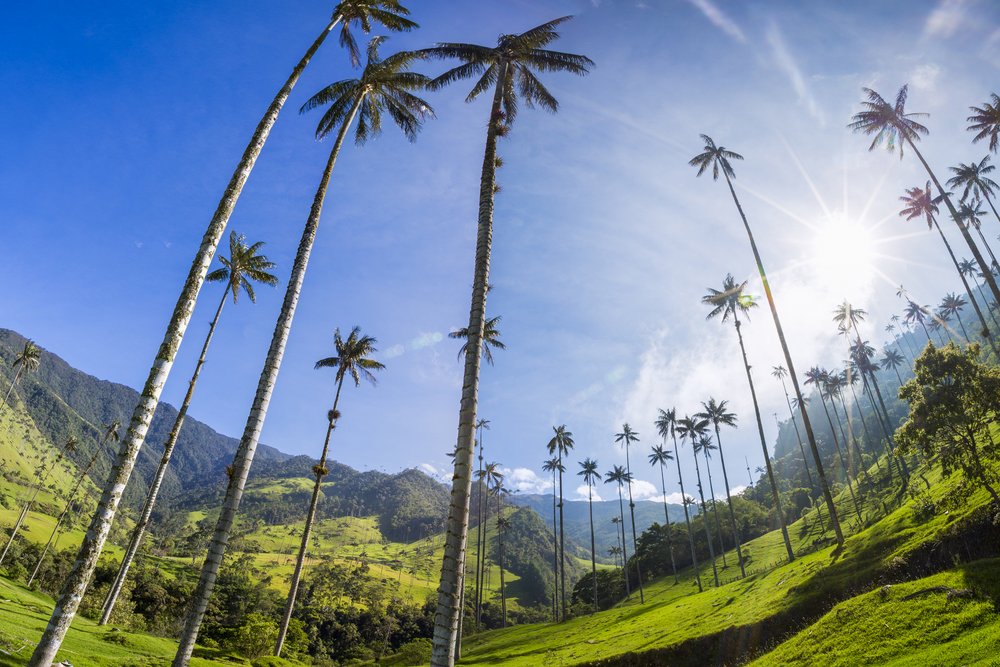
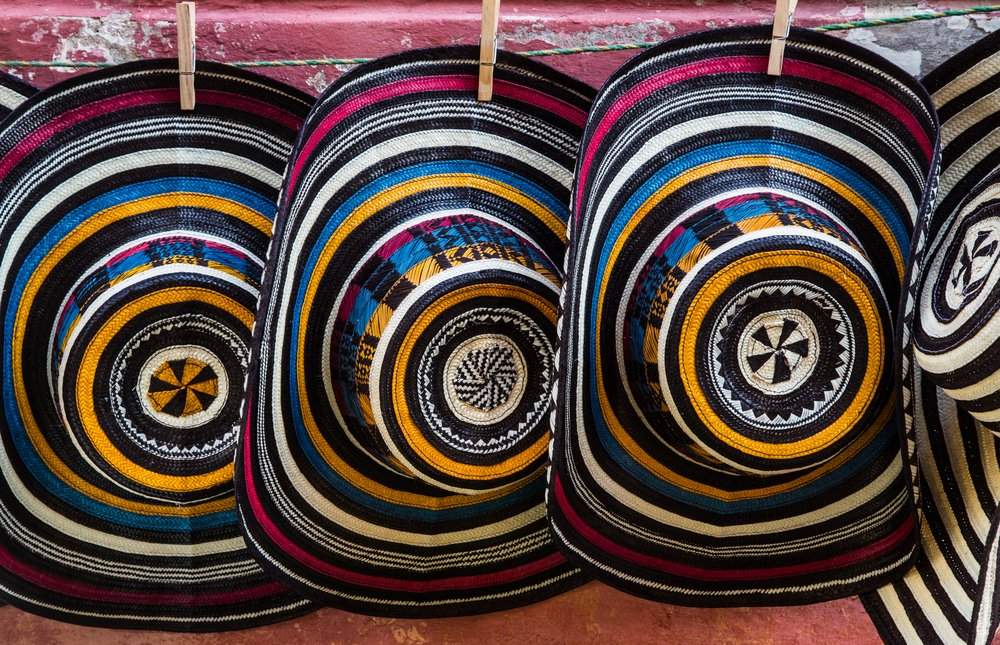
4. National tree
The wax palm is the tallest palm in the world, reaching up to 60 m, and living for more than 100 years. It is a native species from the Cocora Valley, one of the places you do not want to miss when you visit the country.
Years ago, the wax was used to make candles, the bark to build houses, and the fruit to feed cattle. It was also used on Palm Sunday, a Catholic celebration. However, the Government declared it a protected species in 1985 and one of the Colombian symbols.
5. National Hat
Sombrero vueltiao, or ‘turned hat”, is a woven craft made by the Zenu indigenous people that live in the current territories of Córdoba and Sucre. They use a type of cane (caña flecha) in strips, which are exposed to the sun and mud for many days to get the characteristic black and white tones. The most elaborate hats could have 54 strips and they are so tightly woven that you could fold them without damaging them.
6. National gem
The emerald is not officially the national gem of Colombia, but as this country has 60% of the world’s emerald market, it should be one of the Colombian symbols. The native Gachalá emerald is one of the largest: 5 cm long and weighing172 gr. Most stones come from Boyacá and Cundinamarca.
Colombia doesn’t have a national fruit either. However, the country boasts such an incredible variety of fresh fruits that you have to try some of the typical Colombian fruits on your trip.
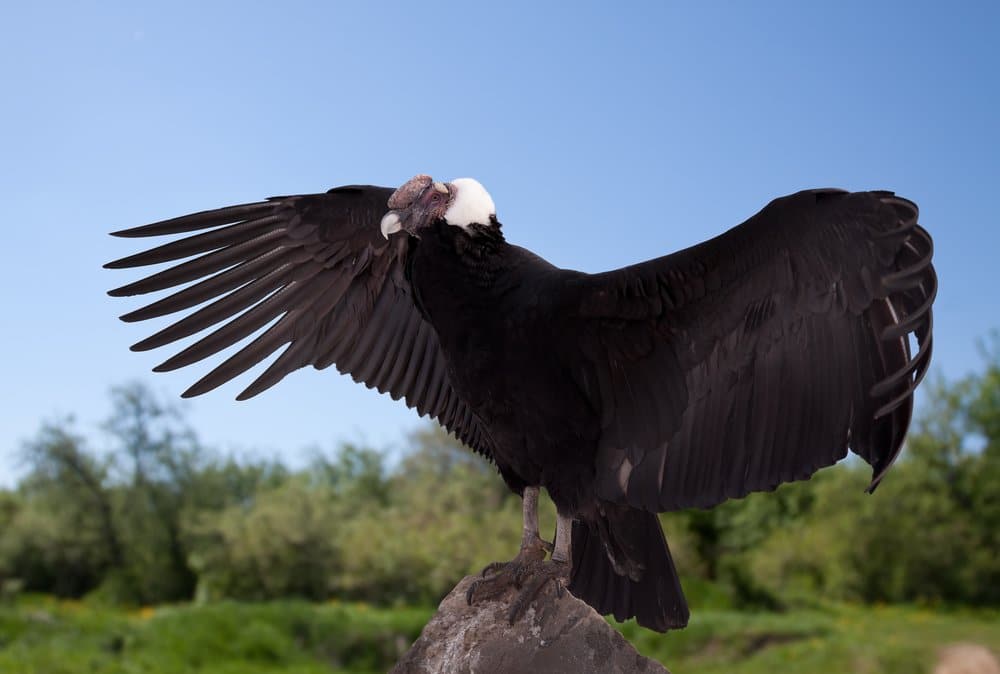
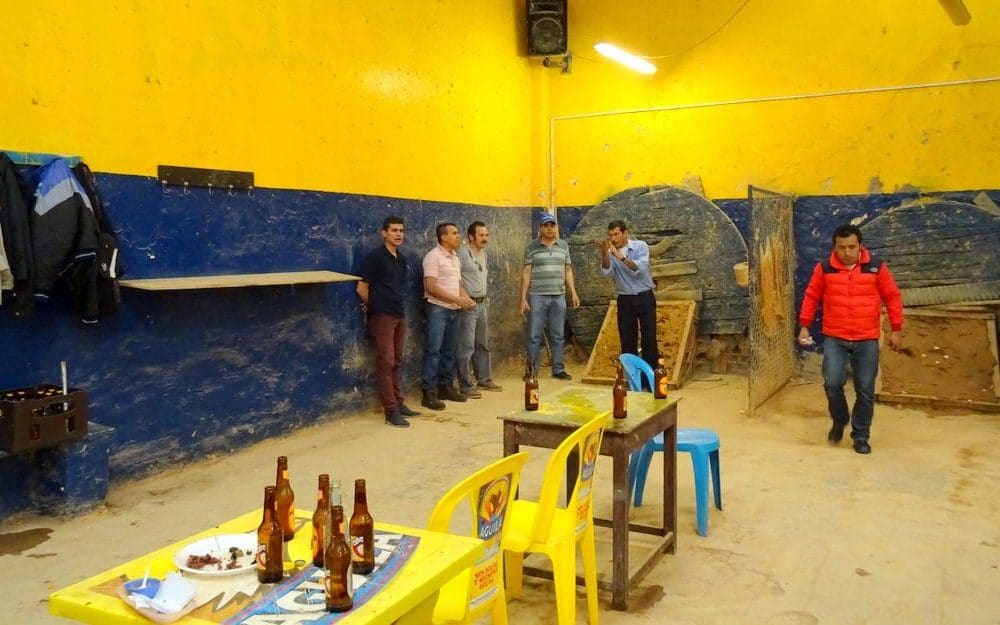
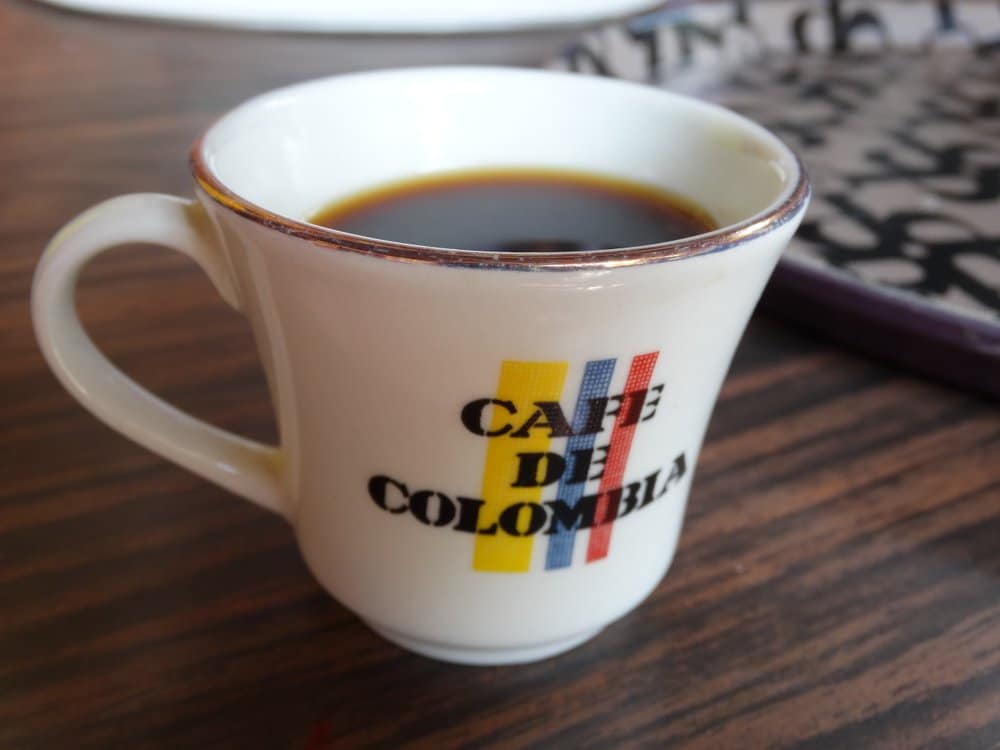
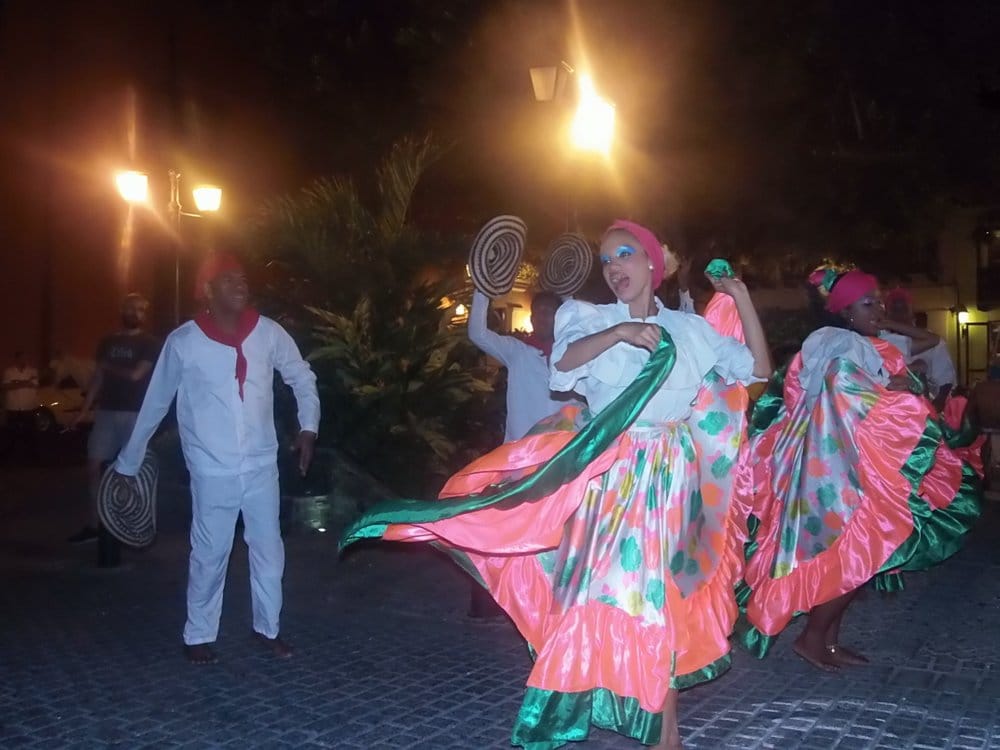
7. National Bird
The Andean Condor was chosen as one of the Colombian symbols because it was important for the indigenous culture. They considered this massive bird as ‘the ruler of the upper world’ and it represented health and power. Its wingspan can exceed three meters and its lifespan surpasses 70 years.
8. National drink
It could not be anything other than coffee, one of the biggest international Colombian symbols. The region where most coffee is produced was declared a World Heritage Site in 2011 by UNESCO. Annual production is the third highest in the world with 10 million bags produced each year. However, it is the largest producer of Arabica beans, which means that it produces the best quality coffee in the world.
9. National sport
Have you heard about tejo? It is a unique sport that started in the small town of Turmequé, Boyacá, 500 years ago. Nowadays, there are many professional teams around the country and even in some parts of Panama, Ecuador, and Venezuela. If you want to learn how and where to play one of the most popular Colombian symbols, just click here.
10. National dance
With a great variety of cultures represented all around the country, it is a hard task to select any specific dance to be one of the Colombian symbols. However, according to the Ministry of Foreign Affairs, cumbia is the national dance. The origins are a combination of indigenous, Hispanic and African cultures. Keep in mind that other countries such as Mexico and Argentina also have some traditional rhythms called cumbia, but the sounds of the instruments are different.


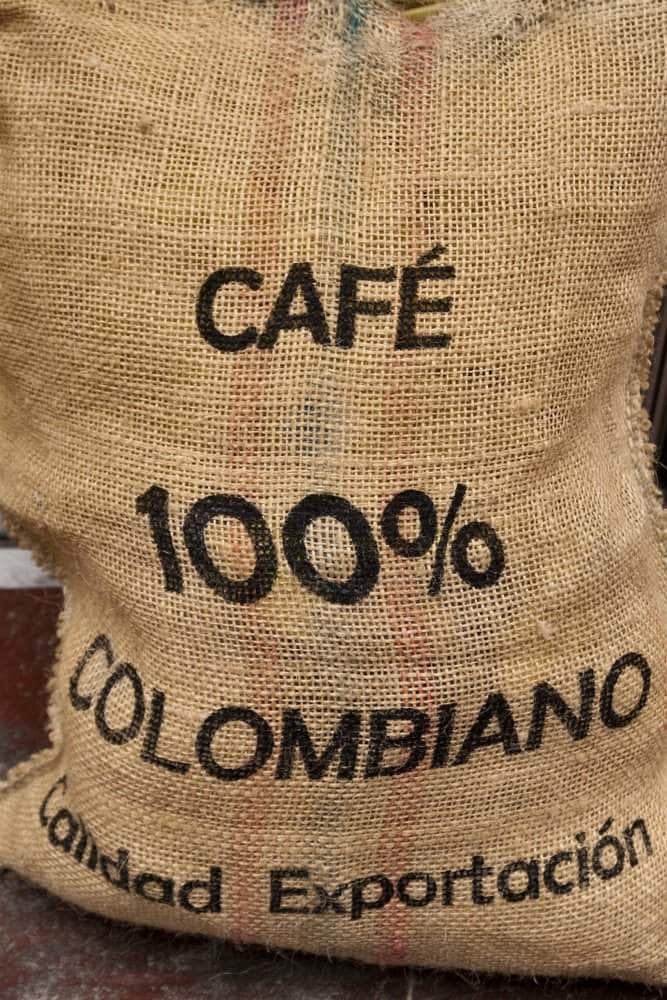


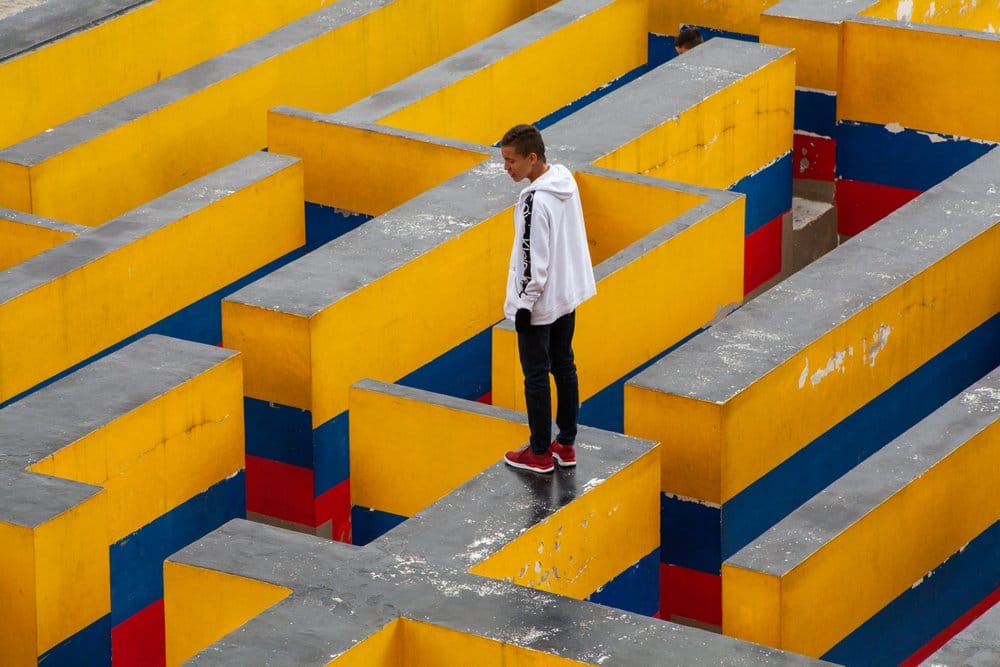
With these interesting facts about Colombia you can now navigate the country like a local, have an authentic experience, and appreciate all the Colombian symbols for what they truly are.
Discover your ideal itinerary for free!
At Lulo Colombia Travel, we create amazing travel itineraries that are tailor-made to your travel style and preferences.
Let us help you come up with an ideal route for your trip in Colombia. By answering the following short questions we will provide you on the spot with a free and personalized itinerary that will serve as a starting point for an unforgettable journey!
Discover your ideal itinerary for free!
At Lulo Colombia Travel, we create amazing travel itineraries that are tailor-made to your travel style and preferences.
Let us help you come up with an ideal route for your trip in Colombia. By answering the following short questions we will provide you on the spot with a free and personalized itinerary that will serve as a starting point for an unforgettable journey!
